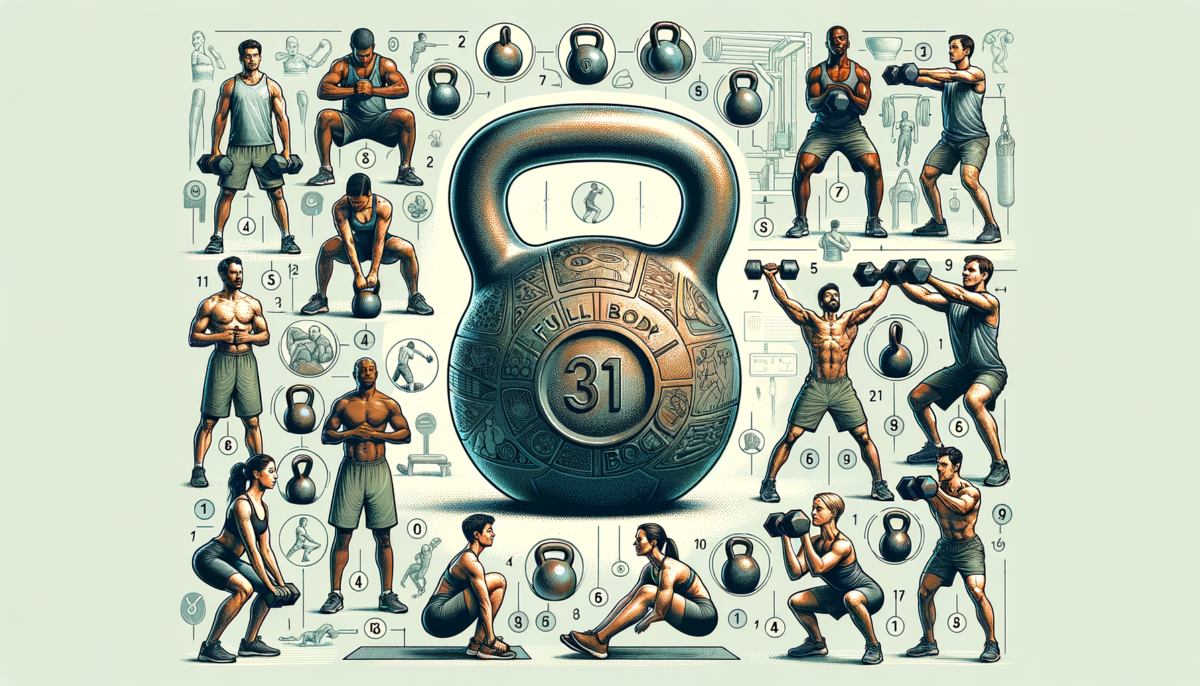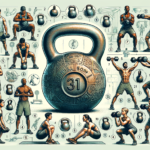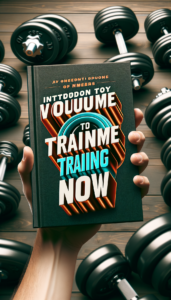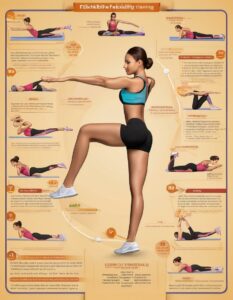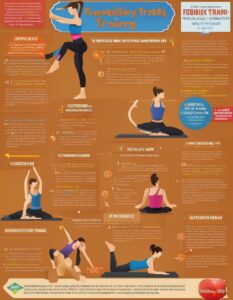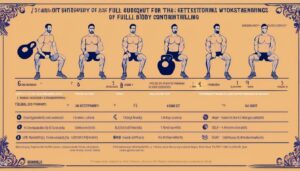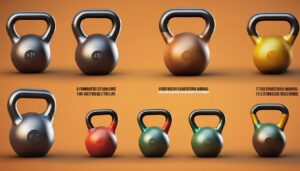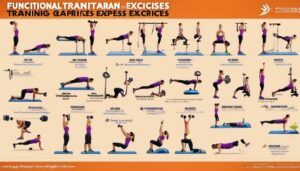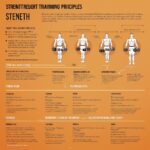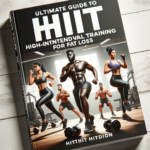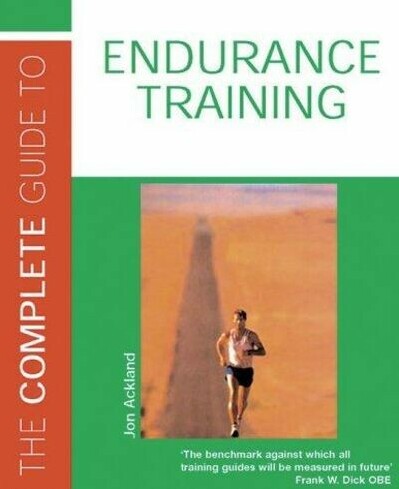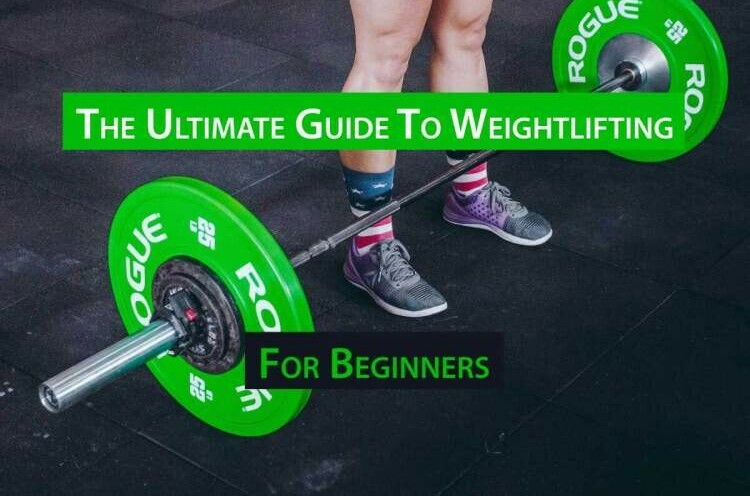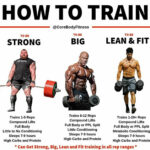If you’ve ever set foot in a gym, chances are you’ve seen a kettlebell. Deceptively simple in appearance, these cast-iron weights have a handle on top and offer a dynamic range of exercises for people of all fitness levels. Although kettlebells have roots that go back centuries, it’s only recently that they’ve muscled their way into mainstream fitness, particularly among those new to exercising.
The boom in kettlebell training is no accident. Beginners are finding kettlebells to be an effective tool for building strength, endurance, and flexibility. This increase in interest is mirrored by research and testimonials affirming the kettlebell’s place in the fitness toolkit. In this article, I shed light on why incorporating kettlebells into your routine can be a game-changer.
The forthcoming sections will unveil how kettlebells can revolutionize your workouts by offering FULL-BODY CONDITIONING, the foundations for impeccable safety and scalability, and the potential for building a sustainable, lifelong fitness habit. Let’s peel back the veneer and see why starting with kettlebells could be one of the best decisions on your fitness journey.
Full-Body Conditioning with Kettlebells
A standout quality of kettlebell training is its ability to engage multiple muscle groups simultaneously. This efficiency is particularly beneficial for beginners looking to maximize their workout time. With just a few movements, one can stimulate muscles across the entire body, from the legs and glutes to the core, arms, and shoulders.
The unique design of a kettlebell, with its off-center weight distribution, challenges the body in a way that traditional weights cannot. This leads to improvement in not just muscle strength but also balance and coordination. New kettlebell users will quickly appreciate this as they progress through exercises like kettlebell swings, goblet squats, and Turkish get-ups.
the joys of kettlebell training is the subtle strength work with cardiovascular conditioning. Because the dynamic nature of kettlebell exercises, beginners are likely to experience an elevated heart rate in the same session they’re building strength. This means, with a single kettlebell, you can effectively replace gym equipment, saving both time and money.
In the following section, I’ll share some essential advice to help you stay safe and get the most out of your kettlebell training. We’ll look at selecting the right weight, mastering form to prevent injury, and understanding how kettlebell training can grow with you as your fitness journey evolves.
Safety and Scalability: Advantages for Newcomers
If you’re new to kettlebell training, emphasizing safety can’t be overstated. It’s essential to educate yourself on proper form and technique before swinging into action. Bad habits not only hinder progress but also pave the way for potential injuries. Luckily, resources abound. Qualified fitness professionals offer workshops and online tutorials tailored for beginners. Start with light weights; a common recommendation for men is a 16-kg kettlebell, while women might begin with an 8-kg or 12-kg kettlebell. As your skill and confidence grow, so too can the weight kettlebell.
Choosing the right kettlebell weight is crucial. It should feel challenging yet manageable throughout your workout. When in doubt, err on the side lighter weight. You’ll still get a beneficial workout while reducing injury risk. If you’re purchasing for home use, consider a single versatile kettlebell that can accommodate a variety of exercises.
Kettlebells offer exceptional versatility. Their unique shape allows for smooth progression from lighter to heavier weights. Beginners often notice considerable strength gains in a short period, enabling them to increase their kettlebell weight incrementally. Additionally, numerous exercises can be modified to increase or decrease intensity, making kettlebells suitable for varied fitness levels.
Continual progression is not just about increasing kettlebell weight. It also refers to the sophistication of exercises and combinations. Foundational movements like the swing, deadlift, and squat can evolve into more complex routines as your technique improves. The goal isn’t to rush progression but to build a solid foundation that supports a lifetime fitness and well-being.
Building a Foundation for Lifelong Fitness
Kettlebell training isn’t just a passing trend; it’s a practical approach to establishing a robust fitness foundation. Whether you’re starting your fitness journey or looking to diversify your routine, the benefits incorporating kettlebells are enduring. The beauty in this tool lies in its versatility and its ability to grow with you as you develop greater strength and capability.
For beginners, the adaptability of kettlebells is crucial. They offer an effective way to build mobility and functional strength that translates into better posture, improved coordination, and a lower risk of injury in daily activities. With proper technique, kettlebells work your muscles in a way that is both natural and challenging.
Beyond the physical benefits, kettlebell training contributes to a robust sense well-being. Regular practice can enhance your mental toughness and resilience, giving you the confidence to tackle challenges both inside and outside the gym. The exercises promote a mindful focus on movement, reinforcing the mind-body connection.
Furthermore, the kettlebell community provides a wealth resources and shared knowledge, which makes learning and progress an enjoyable process. You’ll often find supportive trainers and fellow enthusiasts willing to help you refine your technique and keep you motivated.
In essence, starting with kettlebells is more than adopting a new workout routine; it’s embracing a lifestyle change that prioritizes your health and well-being. Integrate kettlebell training into your regimen and embrace the journey toward a stronger, fitter, and healthier you.


